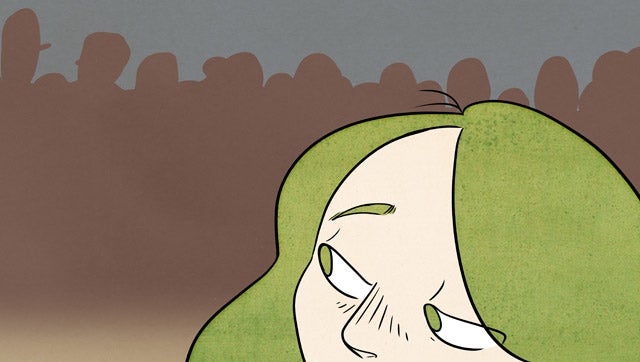Bottoms Up Part 2
Last week we explained why beer violently foams when the top of the bottle is tapped. According to a study...


Last week we explained why beer violently foams when the top of the bottle is tapped. According to a study on the phenomenon, upon impact, a shock wave travels down the glass, and then transfers to the liquid inside as an expansion wave. From there, the wave bounces back and forth, causing a rapid series of expanding and collapsing bubbles. It’s a messy prank, but learning why and how these cavitation bubbles form could prove beneficial to engineers looking to reduce wear to underwater equipment.
But something bothered me. Why didn’t both bottles foam up? I reached out to study author Javier Rodriguez-Rodriguez for answers. My guess was that the shock propagated differently through the bottom of bottle than through the top. Turns out I was only close. Here’s what Javier had to say:
So while the hitter’s beer experiences the same expansion and compression forces, the order in which they occur after the initial shock makes all the difference. Use this knowledge responsibly.